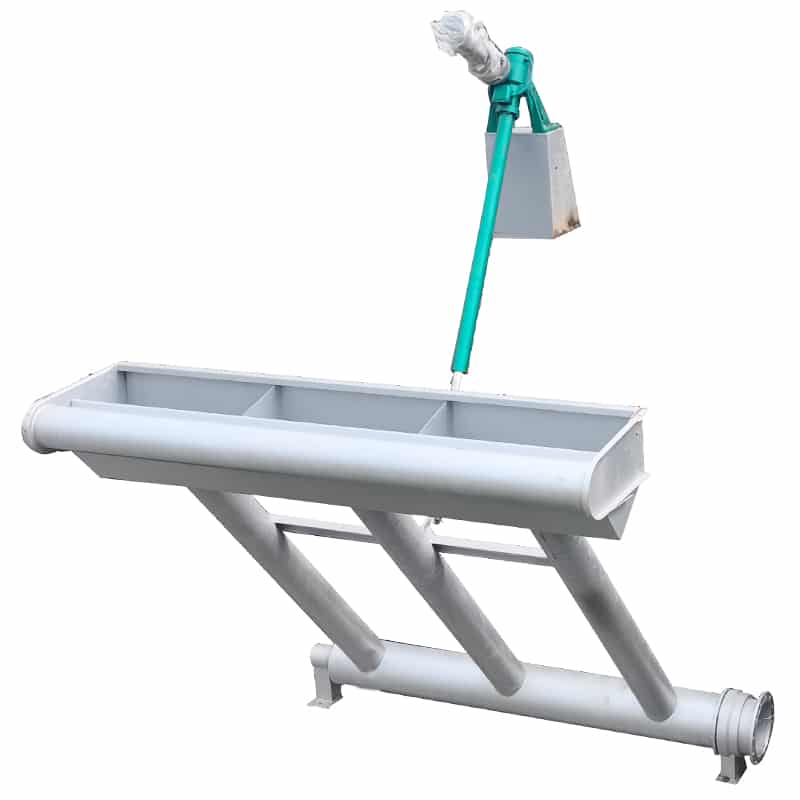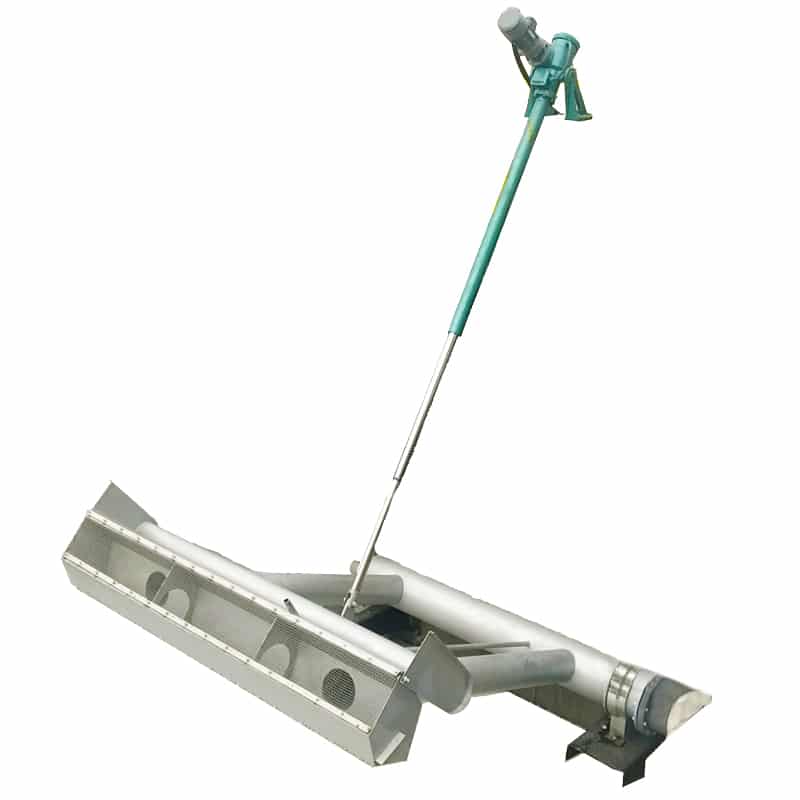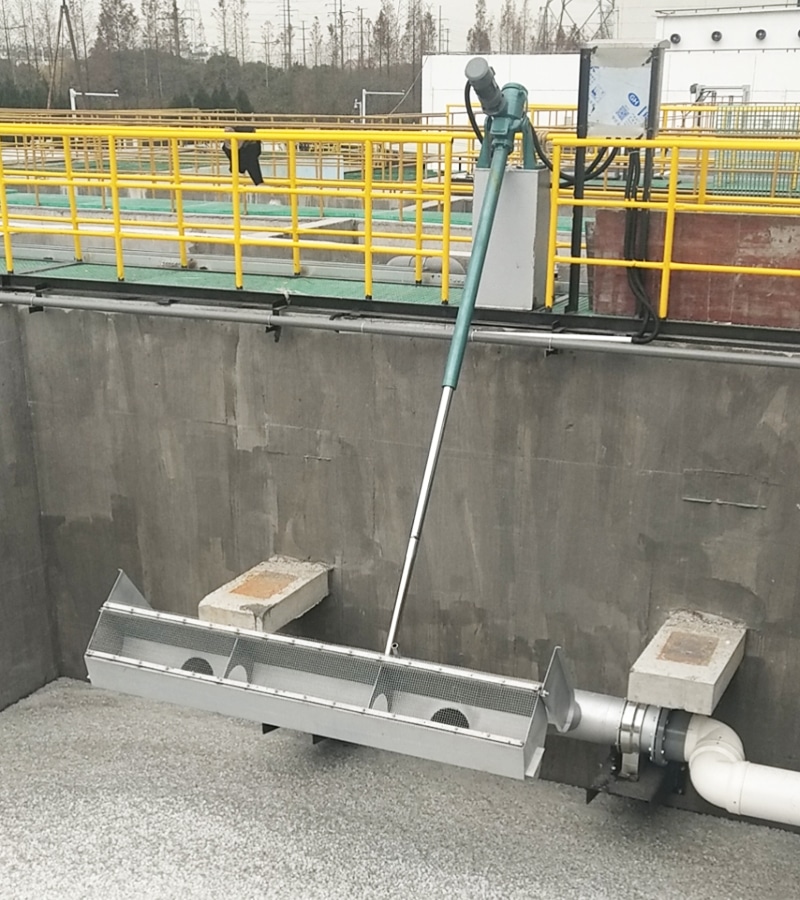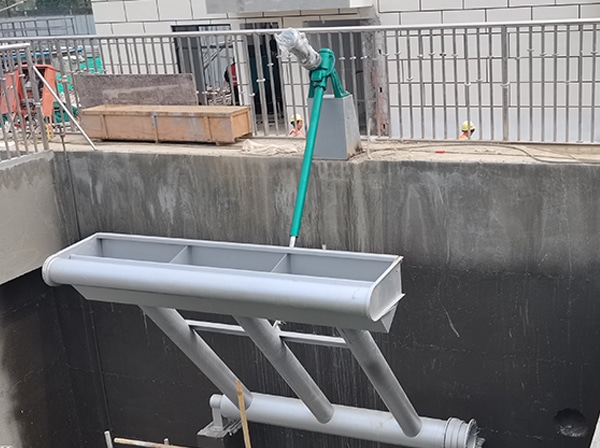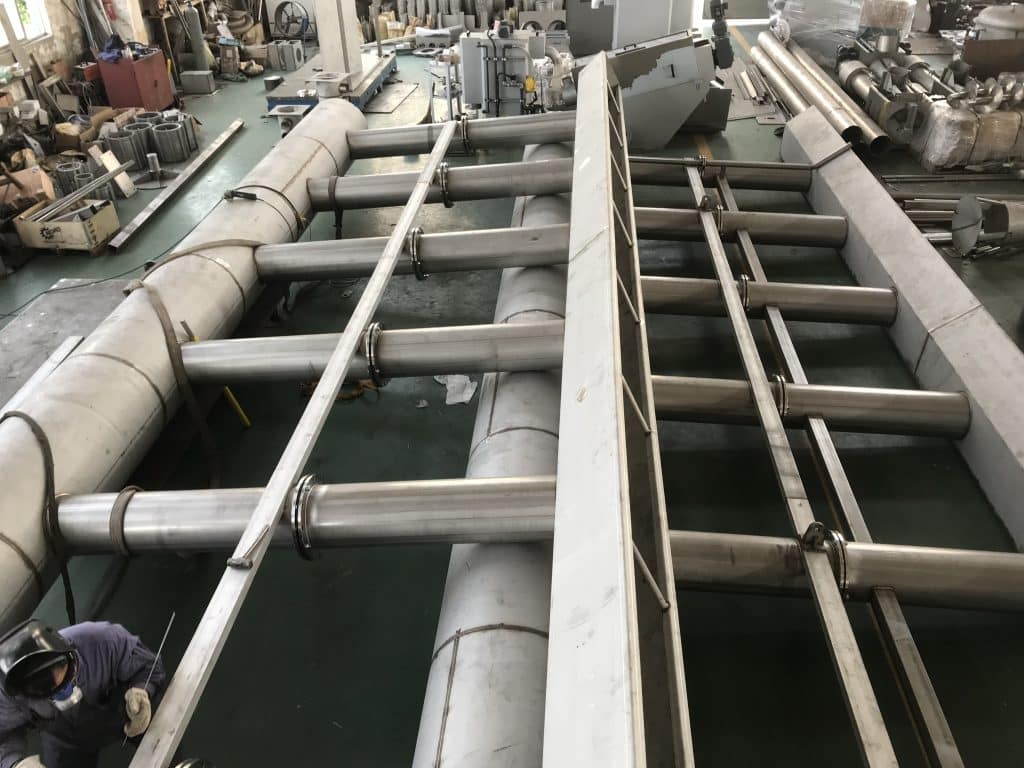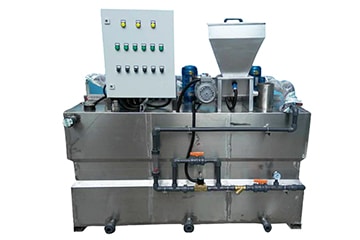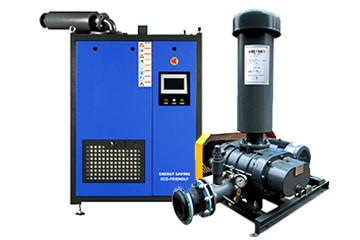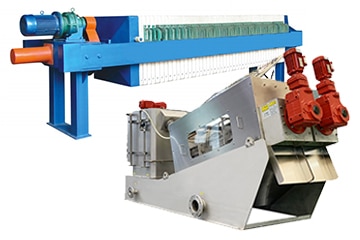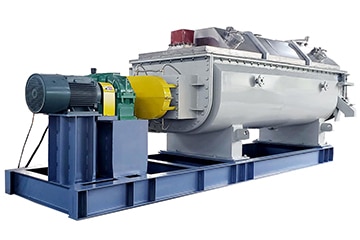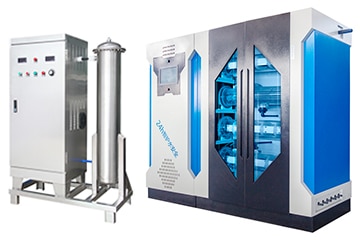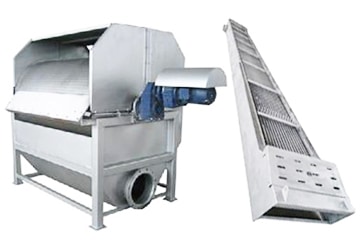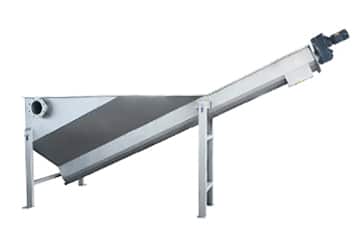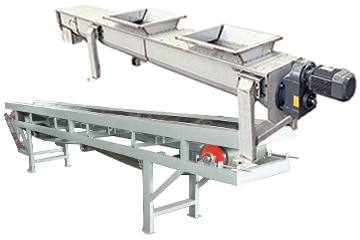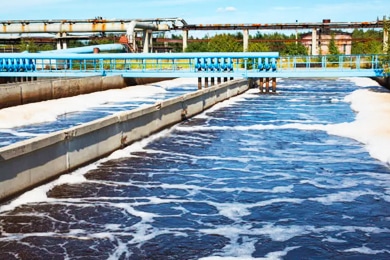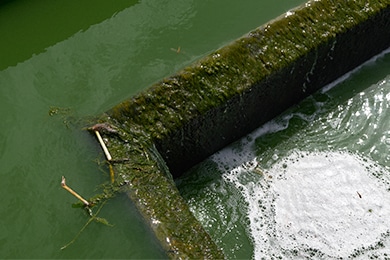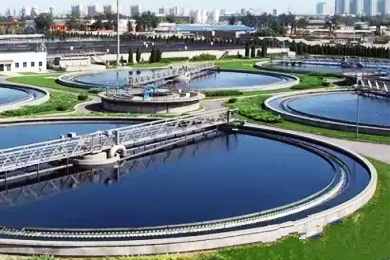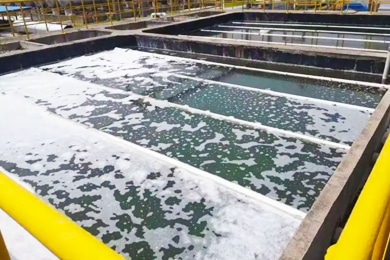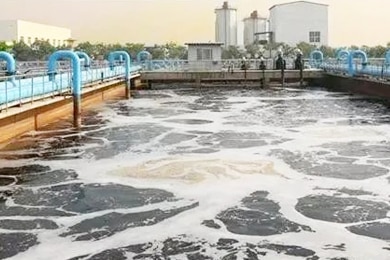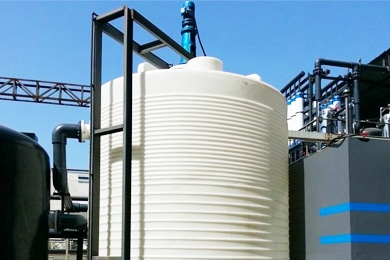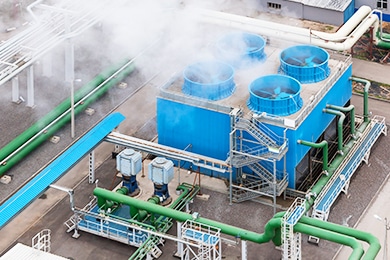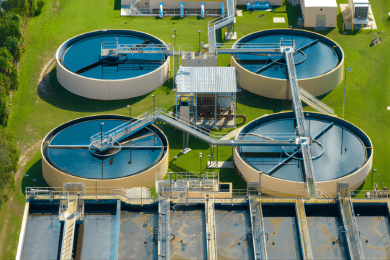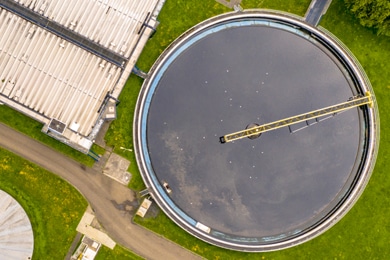SBR Floating Decanter
The SBR Floating Decanter, also known as the SBR Decanter System, is a key component of the Sequencing Batch Reactor (SBR) wastewater treatment system. It plays a key role in the decantation phase of the SBR operating cycle, it is designed to separate treated water from sludge, and the rotation aids in the decantation process, allowing clear water to be separated from settled sludge at the bottom of the settling tank.
This equipment is commonly used in wastewater treatment plants to improve the efficiency of the clarification process.
Working principle
The SBR decanter works on the principle of gravity and differential pressure. It usually consists of a floating structure, such as a weir or float-supported platform, that moves up and down as the water level in the SBR basin changes. As the treated wastewater clarifies and the sludge settles in the settling stage, the wakesleeper gradually descends, allowing the clarified wastewater to flow through the wakesleeper ports or openings along its sidewalls.
Types of SBR decanters
Floating decanters
Floating decanters, also known as swing decanters, are the most common type of SBR decanter. They consist of a floating structure, usually supported by floats or airbags, that moves up and down as the water level in the SBR basin changes. Decanter ports or openings along the sides of the decanter allow clarified wastewater to flow out as the water level drops.
Pump decanters
Pump decanters utilize a pump to actively remove clarified wastewater from the SBR basin. A submersible or suction pump can be used to pump the effluent through a pipe or hose connected to the decanter.
Mechanical decanters
Mechanical decanters use a mechanical arm or rotating mechanism to move the decanter or skimmer across the basin surface. This type of decanter is less common but can be suitable for specific applications.
Fixed decanters
Fixed decanters are fixed in a specific position within the reactor tank. They are usually equipped with a mechanism to adjust the height of the inlet to ensure that only the top water is drained.
Features
- Efficient effluent quality: They effectively separate clarified wastewater from sludge, producing high quality effluent that meets discharge standards.
- Flexible operation: They can be adapted to various SBR configurations and treatment processes.
- Low maintenance: They have relatively few moving parts and require minimal maintenance.
- Compact design: They take up relatively little space compared to other dewatering methods.
Design considerations
The design of the SBR decanter is tailored to optimize the waking and lying process and to ensure effective separation of clarified wastewater from sludge. Key design considerations include
- Decanter outlet/opening size and distribution: The size and distribution of the decanter outlet or opening should be carefully designed to achieve a uniform and low velocity flow to minimize disturbances that could re-suspend the settled sludge.
- Sludge Barriers: To prevent sludge from entering the decanted wastewater, sludge barriers, such as baffles or weirs, are often incorporated into the decanter design.
- Flotation system: The flotation system of the decanter, whether by float, air bladder or other means, should ensure stable and reliable operation to accommodate changes in water levels in the SBR basin.
Technical parameter
- Decanting capacity: 100m3/h – 900m3/h
- Decanting depth: 2.0m – 8.0m
- Decanter weir length: 1 – 12m
- Multiple parameters can be customized, please contact us
Industry applications
- Domestic Wastewater: Municipal wastewater treatment plants generally use SBR decanters to treat domestic wastewater.
- Industrial Wastewater: SBR decanters can effectively treat wastewater generated from various industrial processes such as food and beverage, pulp and paper, textile and chemical manufacturing.
- Biological Nutrient Removal (BNR) Process: SBR recumbent tanks are an integral part of a BNR system designed to remove nitrogen and phosphorus from wastewater.

